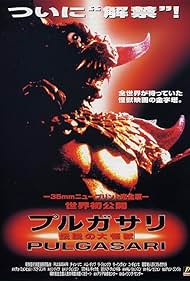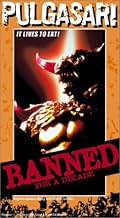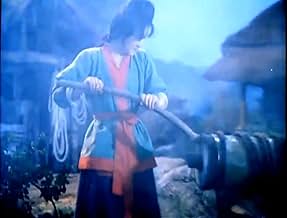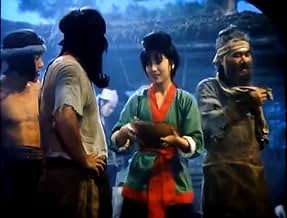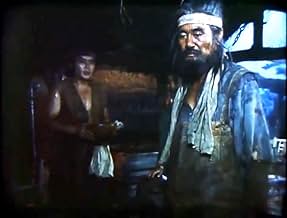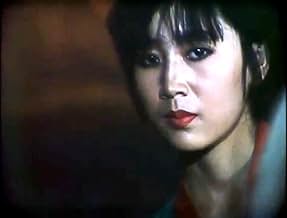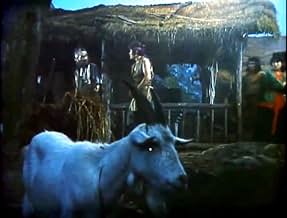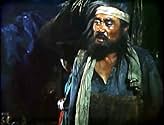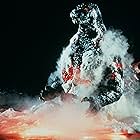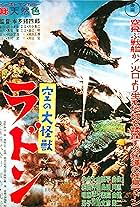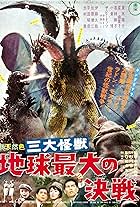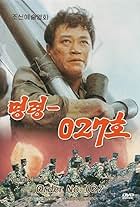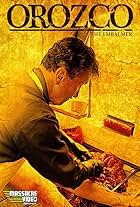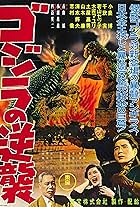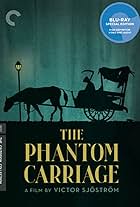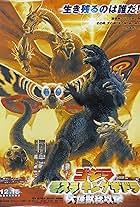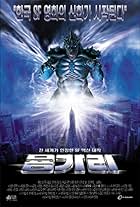Since I began living in South Korea several years ago, I have always been curious about what life and art would be like in the isolated North. The educational channel in South Korea (EBS) has a weekly show that gives us clips of North Korean newscasts, movies, music, dramas and animation.
When South Korean president, Kim Dae-jung visited North Korea last year in the first step toward normalizing relations and possible (albeit future) unification, we learned that the North Korean supreme leader is something of a movie fanatic. He has been secretly receiving western movies and monitoring South Korean tv dramas. It is not surprising to learn that he apparently ordered Pulgasari be made. Like every other artform from the North it can only be broadcast or shown if it matches the philosophy of the state. Pulgasari is a metaphor. The evil king represents the feudal government of the Chosun Dynasty which ended at the beginning of the 1900's. The monster, Pulgasari represents capitalism. It arrives apparently to help the people, but soon grows out of control. The heroes in the movie are the peasantry, the common people who must fix everything that people with power have wrought.
Nobody can claim that Pulgasari is state-of-the-art. Even by rubber monster standards, this movies special effects are poor. It does help to consider that the budget for this movie was probably around what we spend on lunch in a year. But for me, the true fascination of a movie like this is the chance to see how another culture, living under a completely different philosophy, sees the world.
